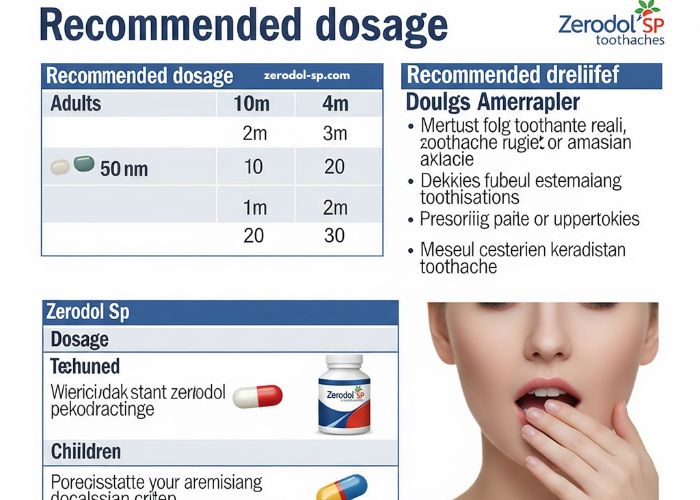When it comes to skincare, one size never fits all—especially when seasons change. What works wonders during winter may wreak havoc in the summer. Your skin behaves differently as temperature, humidity, and sun exposure fluctuate. Understanding this cyclical behavior is key to unlocking what we call The Skin Code—a tailored skincare routine that adapts to each season’s demands.
In this guide, we’ll decode how your skincare routine should evolve with the weather, helping you achieve healthy, glowing skin all year round.
Why Seasonal Skincare Matters
Just like your wardrobe, your skincare needs change from season to season. Temperature drops or rises, changing humidity levels, and increased or decreased sun exposure all have a major impact on how your skin behaves.
Key Reasons to Adapt Your Skincare Routine:
-
Skin Moisture Levels Fluctuate: Cold air dries the skin, while summer heat may increase oil production.
-
Sun Exposure Varies: Longer sunny days in summer mean more UV exposure.
-
Product Effectiveness Changes: Some ingredients perform better in cooler weather and others in heat.
Let’s decode the ideal skincare routine, season by season.
Spring Skincare Routine: Rejuvenate and Rebalance
Spring is a season of renewal—not just for nature, but for your skin as well. After enduring harsh winter dryness, your skin is ready for a fresh start.
Spring Skincare Tips:
-
Switch to a Lighter Moisturizer
Heavy creams are great for winter but can clog pores in spring. Opt for a water-based or gel moisturizer. -
Exfoliate to Renew
Shed dead skin cells with a gentle exfoliator 2–3 times a week to bring back a natural glow. -
Hydration is Still Key
Use a hydrating serum like hyaluronic acid to maintain moisture balance. -
Start Using Sunscreen Regularly
As UV levels rise, start wearing broad-spectrum SPF 30+ daily.
Summer Skincare Routine: Protect and Purify
Heat, sweat, and sun exposure challenge your skin’s health in the summer. The goal? Control oil, stay hydrated, and protect from UV damage.
Summer Skincare Essentials:
-
Cleanse Twice a Day
Use a gentle foaming cleanser to remove sweat, oil, and impurities. -
Lightweight Moisturizer
Choose an oil-free moisturizer with added antioxidants like vitamin C. -
Strong Sun Protection
Apply SPF 50+ sunscreen every two hours when outdoors. Don’t forget ears, neck, and hands. -
Use Clay Masks Weekly
Help control oil and prevent breakouts with clay or charcoal masks. -
Stay Hydrated
Drink plenty of water and consider using a facial mist throughout the day.
Autumn Skincare Routine: Restore and Strengthen
As temperatures cool, your skin may begin to dry and dull. Fall is a transitional season—a time to repair and prep skin for winter.
Autumn Skincare Musts:
-
Incorporate Richer Moisturizers
Switch to a cream-based moisturizer to lock in hydration. -
Introduce Retinol Gradually
Fall is a great time to begin using retinol to address summer sun damage. -
Continue Using SPF
UV rays are still present—even on cloudy days. -
Hydrating Masks and Oils
Add a hydrating mask once a week and consider facial oils like rosehip or squalane. -
Focus on Barrier Repair
Use products with ceramides and niacinamide to strengthen the skin’s protective barrier.
Winter Skincare Routine: Nourish and Protect
Cold air, indoor heating, and harsh winds strip moisture from your skin. The focus should be deep hydration, nourishment, and gentle care.
Winter Skincare Guidelines:
-
Switch to Creamy Cleansers
Use a non-foaming, hydrating cleanser to prevent further dryness. -
Layer Hydration
Apply a hydrating toner, then a serum, and finish with a thick cream. -
Use Occlusives
Add ingredients like shea butter or petrolatum to seal in moisture. -
Avoid Hot Water
Use lukewarm water to wash your face; hot water can damage the skin barrier. -
Humidifier is Your Friend
Use one indoors to maintain skin-friendly humidity levels.
The Year-Round Core: What Should Never Change
Some skincare principles remain constant no matter the season.
The All-Season Must-Haves:
-
Cleanser: Tailor the type to your skin, but cleansing twice daily is essential.
-
Moisturizer: Adjust texture, but always keep your skin hydrated.
-
SPF: Broad-spectrum sun protection is a non-negotiable, year-round.
-
Hydration: Internal and external hydration ensures skin vitality.
-
Consistency: Long-term skin health depends on a regular routine.
Decoding Your Skin Type
Before you can adapt your skincare by season, you need to know your skin type:
-
Oily Skin: Shine and large pores, prone to acne.
-
Dry Skin: Flaky, tight, or dull appearance.
-
Combination Skin: Oily in T-zone, dry elsewhere.
-
Sensitive Skin: Easily irritated, prone to redness or burning.
-
Normal Skin: Balanced, rarely breaks out or feels tight.
Each season can shift how your skin behaves. For example, dry skin can become very flaky in winter, while oily skin may get even shinier in summer.
Ingredients to Embrace Each Season
| Season | Hero Ingredients |
|---|---|
| Spring | Niacinamide, AHAs, Hyaluronic Acid |
| Summer | Vitamin C, Zinc Oxide (SPF), Aloe Vera |
| Autumn | Ceramides, Peptides, Retinol (PM) |
| Winter | Shea Butter, Squalane, Glycerin, Lanolin |
Tips for Transitioning Between Seasons
-
Introduce New Products Slowly: Your skin needs time to adjust.
-
Patch Test: Always test before adding a new active ingredient.
-
Adjust One Step at a Time: Change cleanser or moisturizer first, not everything at once.
-
Watch for Skin Reactions: Redness, dryness, or breakouts may signal that something’s not working.
Frequently Asked Questions (FAQs)
Q1: Can I use the same moisturizer all year?
Answer: Not ideally. Moisturizers should be lighter in summer (gel or water-based) and richer in winter (cream or oil-based) to cater to your skin’s changing hydration needs.
Q2: Should I use sunscreen even in winter?
Answer: Absolutely. UV rays are present all year long, and snow can reflect sunlight, increasing exposure. Use broad-spectrum SPF 30+ daily.
Q3: How often should I exfoliate?
Answer: Generally, 2–3 times per week. However, if your skin is sensitive or it’s winter, once a week may suffice to prevent over-drying.
Q4: What’s the best way to prevent winter dryness?
Answer: Use a creamy cleanser, layer hydrating products, and apply a thick moisturizer. Adding a humidifier at home can also make a big difference.
Q5: Is it safe to start retinol in the summer?
Answer: You can use retinol year-round, but it makes your skin more sensitive to the sun. If you start in summer, use sunscreen diligently and begin slowly to reduce irritation.
Q6: Can seasonal foods affect skin health?
Answer: Yes. Eating fruits and vegetables rich in antioxidants and hydration—like watermelon in summer or citrus in winter—can support skin from the inside out.
Conclusion: Crack Your Skin Code Year-Round
Your skin is your largest organ and a dynamic one—it changes, adapts, and reacts to both internal and external factors. By decoding your unique Skin Code and adjusting your routine seasonally, you can support it through every weather change and environmental challenge.
Consistency, seasonal adaptation, and knowing your skin type are the keys to maintaining healthy, radiant skin throughout the year. Invest in your skincare like you would in your wardrobe—tailored to fit the season, and always in style.





